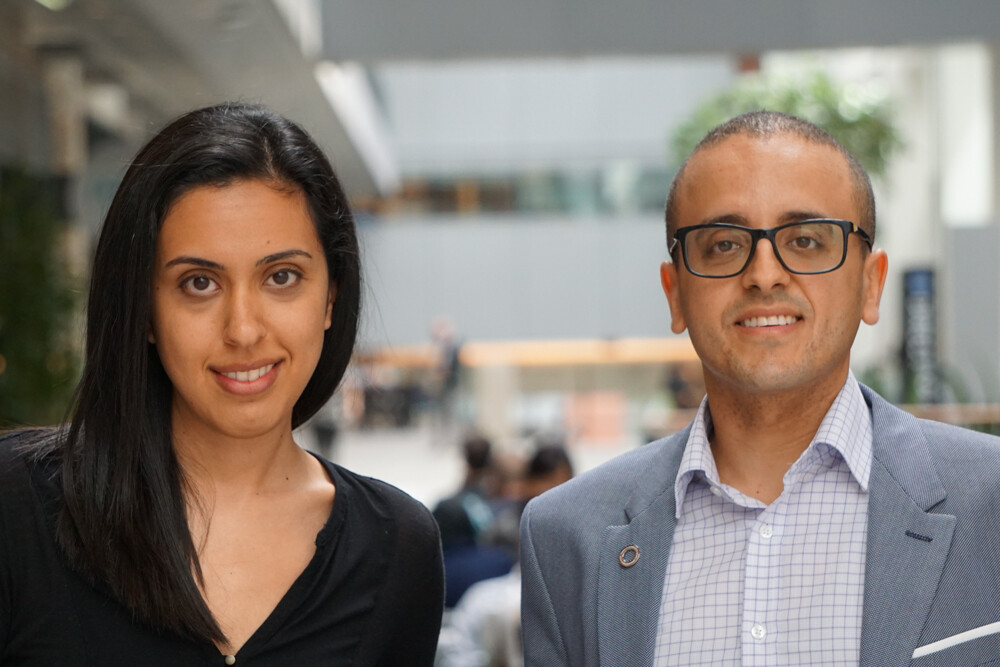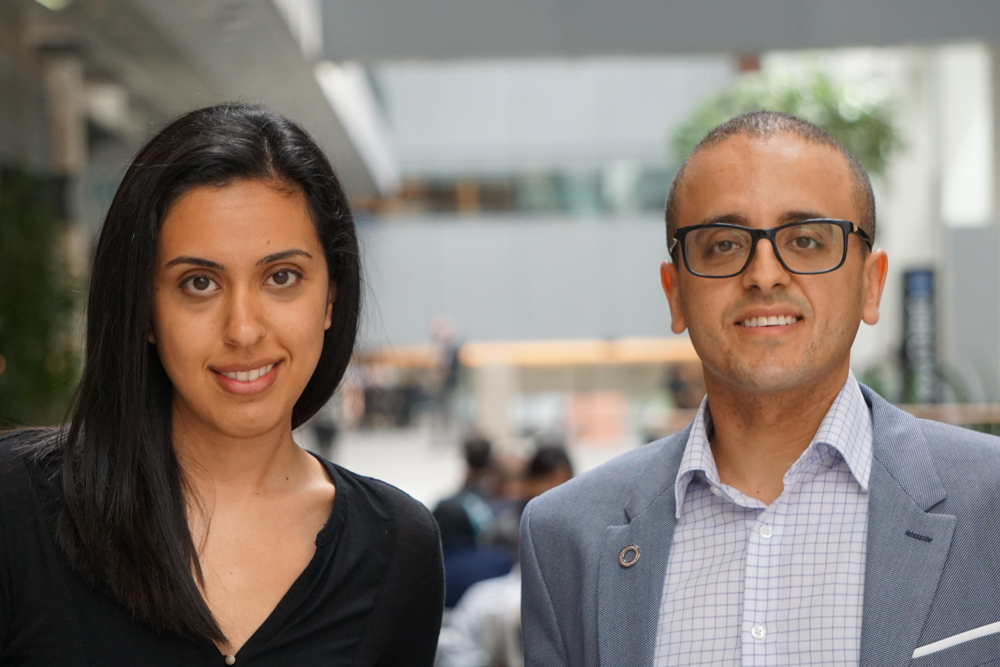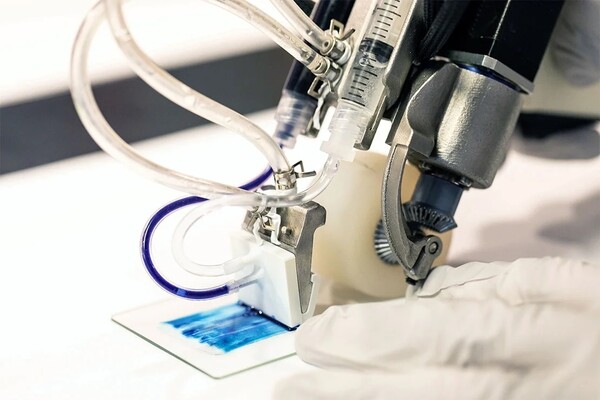Autobahns for DNA ambulances

Linda Quattrin
 Understanding precisely how damaged DNA gets repaired is an important avenue in developing better treatments for various diseases such as cancer.
Understanding precisely how damaged DNA gets repaired is an important avenue in developing better treatments for various diseases such as cancer.
Molecular biologists at work in this field sought fresh insight recently from a non-traditional source: University of Toronto’s Institute for Aerospace Studies. The results – published in Nature Communications this week – shed light on the movement of damaged DNA within the nucleus of the cell, a key step in the repair process.
The unusual biology-aerospace collaboration arose when U of T Medicine Prof. Karim Mekhail, Canada Research Chair in Spatial Genome Organization, ran up against a tricky problem trying to detect the directional motion of damaged DNA. (Like many scientists he often uses yeast cells for their similarity to the human genome, their ease of use and low cost.)
Keep in mind the genome is not a static set of biochemical instructions. It exists in a dynamic environment inside the nuclei of our cells – and the action of repair machinery goes into high gear when a piece of DNA is damaged by chemicals or radiation, for example. Understanding these mechanisms can help refine targets for improved cancer therapies.
“If you know that a key step of DNA repair is critical to our ability to treat cancer but you think this step is random, it is hard to design rational, targeted therapeutics or to improve upon our current therapies,” said Mekhail, an associate professor in the Department of Laboratory Medicine and Pathobiology.
Mekhail’s team had previously shown how damaged DNA is transported to specialized parts of the nucleus that act as DNA “hospitals”, areas enriched in DNA repair factors. Transporting the DNA to those areas are motor proteins that act as DNA “ambulances”.
In the new study from Mekhail’s team, first-author and PhD student Roxanne Oshidari used super-resolution microscopy and found that the “ambulances” transport damaged DNA along “highways” that are built on-demand from filamentous proteins called microtubules.
“This was very exciting as it suggested that damaged DNA can exhibit directional motion – not just random mobility as previously thought,” said Oshidari. But the microtubule highways are themselves also moving, making the calculations tricky to separate the motion of the damaged DNA transported by “ambulances” from the oscillating motion of the “highways”. This sent Mekhail on the hunt for the right collaborator.
“We looked across the globe for experts in single particle motion physics and were happy to find that world-renowned experts in that field are actually aerospace engineers here at the University of Toronto Institute for Aerospace Studies,” said Mekhail. He sent an email to Institute Director Christopher Damaren and was delighted with the response.
“Immediately, Chris was highly enthusiastic and demonstrated a true passion for the problem. We had several meetings in which we went over all of the data and brainstormed possible solutions. Side conversations often centered on the similarities and differences between our experience as biomedical researchers and their experience as aerospace engineers specializing in spacecraft motion physics.”
After a number of meetings – and a lot of thinking – Mekhail said it became apparent that the underlying problem is that biomedical researchers are over-reliant on mathematical equations that can detect directional motion only if it is perfectly linear: “This is because the traditional equations try to deduce the direction of motion from the assessment of distances travelled. In contrast, Chris helped us calculate whether damaged DNA moves following angles that result in directional motion, whichis close to but may not be perfectly linear.”
This approach allowed Mekhail and his team to readily detect – for the first time – the directional motion of damaged DNA both at the single cell level as well as the cell population level. It also helped them demonstrate that damaged DNA exhibits a very wide range of speeds as it is being transported; those microtubule highways are more like speed-limitless “autobahns” than controlled speed highways.
They have also examined which cellular factors help promote or repress this movement – and are looking at tools to modulate these factors to make cancer therapies more effective.
Mekhail is confident this unique aerospace engineering-biology collaboration will continue to decipher biomedical secrets. The positive outlook is shared by Damaren: “As we continue to work at the intersection of our fields, we are exploring how the application of our approaches to the study of biological problems may help tweak and refine these approaches, to the benefit of both biological and aerospace applications.”
This research was funded by the Canadian Institutes of Health Research, the Natural Sciences and Engineering Research Council of Canada, and the Ontario Early Researcher Award.
News


